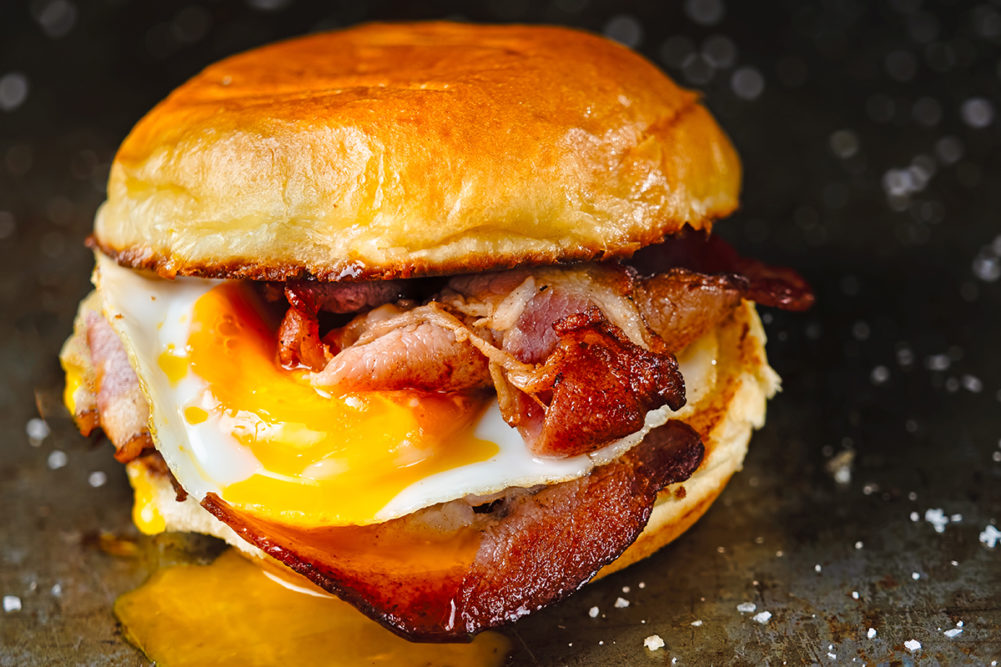Last year, a supply shortage of bacon going into summer, a time when sales are usually highest, saw sales decline and prices increase.
During 2022, consumers adopted inflationary behaviors with many households deciding that bacon was no longer a necessity and more of a luxury item. Many consumers had cut back on the amount of bacon they bought with overall category consumption declining all throughout 2022.
In fact, Cal Tharp, senior brand manager for branded bacon at Tyson Foods, noted labor and materials shortages resulted in limited supply and less promotional activity, therefore, the category was down 5.2% vs. the year prior in total U.S. across all retailer outlets.
However, with the calendar having turned to 2023, one of the best things for the bacon segment is a return of supply and stabilizing of prices. In December and the first weeks of January 2023, retailers are already seeing bacon back to pre-pandemic levels and most industry experts expect this to be a sensational year for sales.
“This is great news for retailers, who saw a shrinking supply last summer,” said Patrick Fleming, a bacon brand specialist for Midan. “Now, retailers can be more confident in a steady supply, which opens more opportunities for promotions.”
According to Mintel’s Purchase Intelligence tool, all of the top-performing protein launches across categories on the measure of purchase intent (likelihood of purchase), were bacon products or contained bacon/bacon flavor. This shows consumers are quickly returning to their love of bacon.
Sales tips
What people really like about bacon is that it always imparts flavor. Whether grilled with a filet or wrapped around a chicken breast, bacon lends itself well to a variety of recipes. It is even a great topping for side dishes like salads or casseroles.
“Because one or two slices can completely transform the flavor of a dish, retailers can position bacon as a value-conscious option for the home cook,” Fleming said. “This provides new opportunities for retailers to cross-merchandise and encourage grocery shoppers’ creativity.” Tharp believes both convenience and form are an innovation space that’s growing and appeals to consumers.
“Consumers are looking for affordable luxuries and ways to treat themselves, as well as convenience,” he said. “Therefore, stores should accordingly focus merchandising strategy around premium products and innovative items to increase usage and purchase rates.”
The biggest miss in marketing and merchandising, Hailey Tranchitella, senior brand analyst for Hormel Foods, noted, is launching a campaign or promotion without listening to consumers first.
“Retailers should look for new, robust trends in the food community, have an understanding on how quickly their shoppers adopt those trends, and capitalize on them through various merchandising and marketing events,” she said. “Many consumers love new ideas and how they can incorporate bacon, a product that has been around for centuries, into new and exciting dishes.”
Coleman Natural has been very active on social media with reels, videos and how-to/DIY recipes that include bacon in everything from breakfast to snacks and desserts.
“We also recommend advertising bacon with complementary items such as eggs, breakfast breads like English muffins or as an ingredient in a simple recipe such as a salad topper or as a main protein in a sandwich,” said JD Enrici, vice president of sales and marketing for Coleman Natural. “We do digital and social marketing with our retailers and if we have new distribution or an event going on we will customize and geocode a shopper marketing program to help increase traffic and sales.”

